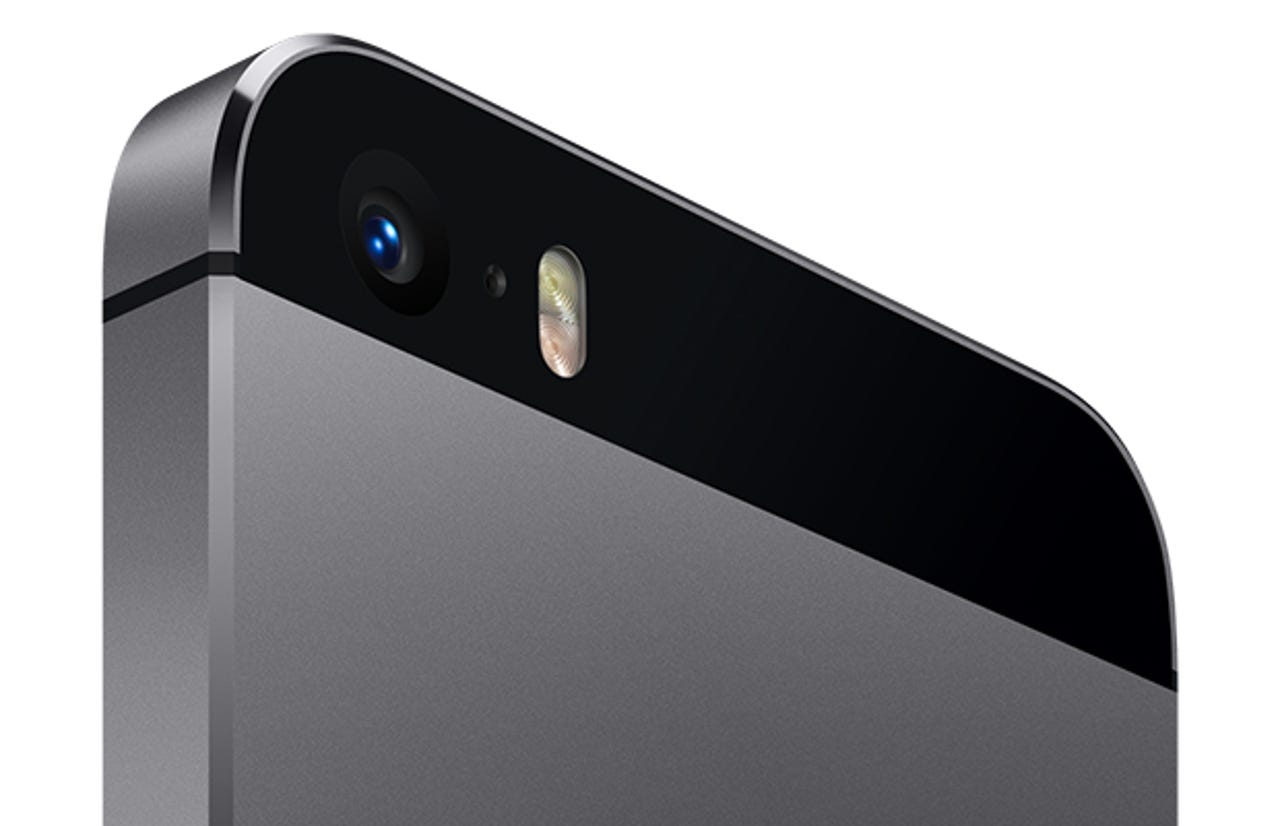The iPhone 5S camera: What sets it apart


I no longer carry a camera with me anymore, just a smartphone. That didn't use to be the case six years ago. Apple wasn't the first to include a camera in a phone, not by a long shot—that would be Sharp Corp., way back in 2000. But when the Cupertino, Calif.-based company introduced its all-display iPhone in 2007, it accelerated the imaging arms race in touchscreen mobile devices that continues today.
More iPhone and iOS 7
The first iPhone touted a fixed-focus, 2.0-megapixel camera. It couldn't zoom, it couldn't focus automatically, it carried no flash, it did not support video recording.
The new iPhone 5S, introduced today with much fanfare, demonstrates how far this feature has come. The company's latest model comes with a five-element lens rated at an aperture of f/2.2, signaling improved sensitivity in low light environments. Its active sensor area is 15 percent larger than the one installed in the iPhone 5. Its pixels are larger, sized to 1.5 microns, which means each pixel can absorb 50 percent more light than it could before, resulting in reduced image "noise." An improved dual-element (white and amber) flash allows for 1,000 different color temperatures, with software ensuring the proper one relative to the subject you're trying to photograph. The lens is shielded by sapphire crystal, said to be harder (and thus more scratch-resistant) than conventional options. All said and done, the camera is rated at 8 megapixels.
And that's just the hardware. On the software side, Apple's Camera application will automatically set the white balance and exposure, a dynamic local tone map will ensure more true-to-life color and autofocus matrix metering will better adjust exposure to the subject you're trying to photograph. Apple also claims that each photograph shot is actually the best from a handful actually imaged; the one presented to you is automatically determined to be the sharpest of the bunch. And finally, there's a 10-frames-per-second burst mode, 120-frames-per-second slow motion mode, and a 28-megapixel panorama mode that adjusts exposure as you move from one end to the other.
And we haven't even spoken about the front-facing camera.
While I don't expect to ever affix actual lenses to my iPhone, it is clear that Apple—and its rivals, let's be fair—is making such great leaps in imaging technology for these devices that many consumers have more horsepower in their back pocket than they ever did with their dedicated digital cameras.
The two biggest concerns for the average smartphone buyer? Battery life and camera quality, according to anecdotal evidence I've collected over the years. That's why Nokia/Microsoft's Lumia 1020 carries a 41-megapixel camera, even though the chance that people will print out a snap they've taken to poster size is slim to none. That's why Sony recently announced a CyberShot camera meant to attach to smartphones. And that's why Apple keeps upping the ante, even though it is working in an area not considered a core competency. (Sony and OmniVision both supply the company with components.) In all of these cases, manufacturers are recognizing that people want to capture the world around them at every turn, and that an inability to do so may be a dealbreaker for a given handset.
There are natural limits to this strategy, of course; physics dictates that a dedicated camera with a larger image sensor will always trump a smartphone with a smaller one, for the same reason as pixel size: it improves the camera's ability to capture more light.
But so long as we are addicted to taking better photographs—and it doesn't take a photography expert to identify a blurry, poorly-lit interior shot of a dear friend—smartphone makers will continue to wring the most from this feature. Lucky us.